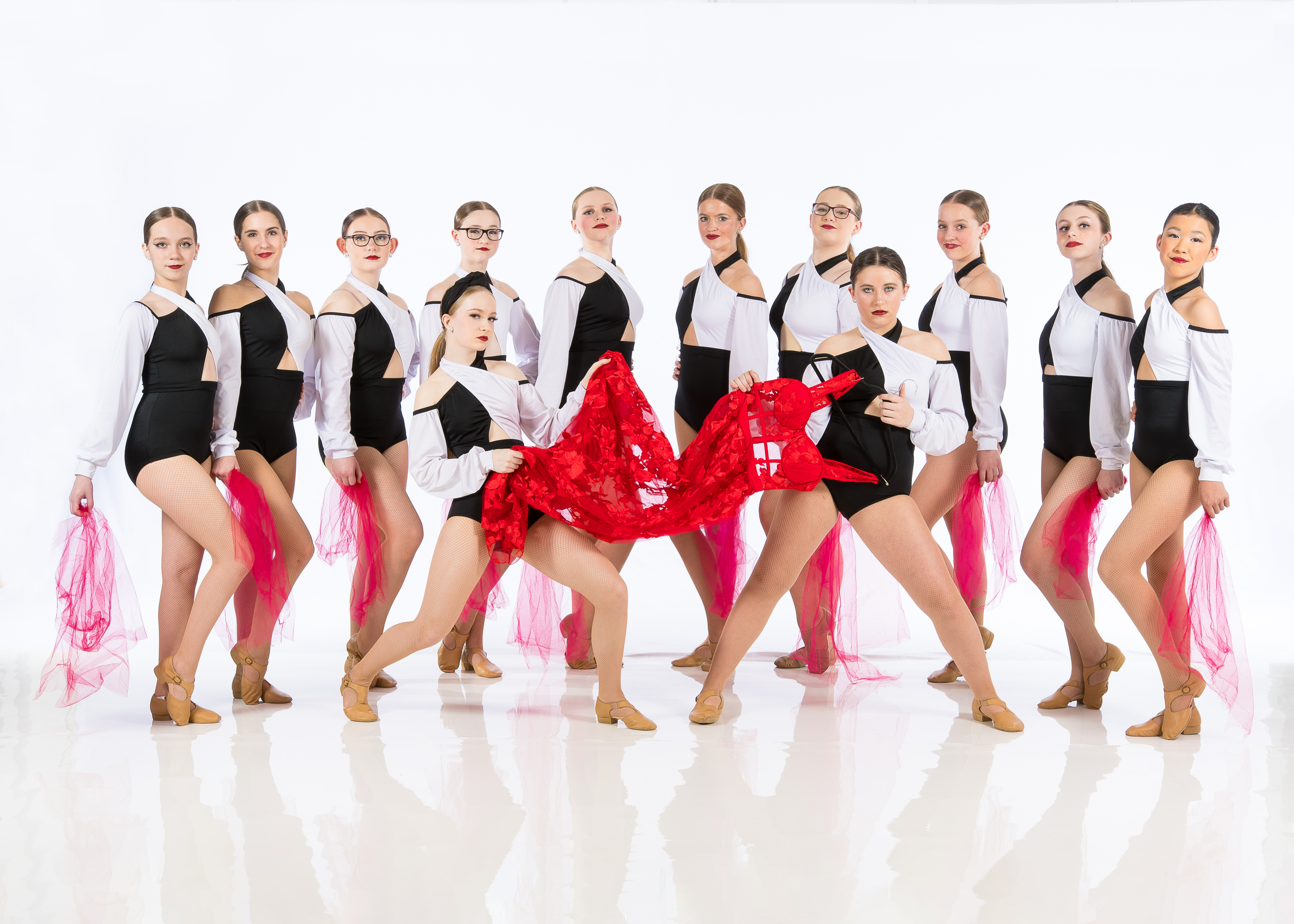Introduction
Welcome to the world of dance! Whether you're stepping into a studio for the first time or returning after a break, safety should always be your top priority. In this article, we will explore essential tips that can help beginners protect themselves in a dance studio environment. With the right knowledge and precautions, you can focus on enjoying your dance journey while minimizing risks associated with injuries and accidents.
Protect Yourself: Dance Studio Safety Tips for Beginners
Safety in a dance studio is crucial for everyone involved—students, instructors, and staff alike. The myriad of movements, coupled with the physical demands of dance, necessitates a solid understanding of safety protocols. Let's delve into some fundamental concepts that every beginner should know to protect themselves effectively.
Understanding Your Dance Environment
The Importance of Familiarizing Yourself with the Studio Layout
Before you even take your first class, it’s vital to familiarize yourself with the layout of the dance studio. Knowing where exits are located, how to navigate around the space, and understanding the layout can prevent potential accidents.
- Identify Emergency Exits: Make sure you know where all exits are located. Locate First Aid Kits: Familiarize yourself with the location of first aid kits and any emergency equipment.
By taking these simple steps, you can ensure that you're ready should an emergency arise.
The Role of Proper Lighting in Dance Studios
Good lighting plays a significant role in preventing accidents. Poorly lit areas can lead to falls or collisions. Ensure that your studio has adequate lighting:
- Check Light Fixtures: Make sure all bulbs are functioning correctly. Avoid Glare: Position mirrors and other reflective surfaces wisely to reduce glare.
Choosing Appropriate Attire for Dance Classes
Footwear Matters: Selecting the Right Shoes
Your choice of footwear can make or break your dancing experience. Proper shoes not only provide support but also help prevent injuries:
- Opt for Dance-Specific Shoes: Choose shoes designed specifically for your style (ballet slippers, jazz shoes, etc.). Avoid Street Shoes: Using outside shoes on the dance floor can introduce dirt and increase fall risks.
Dress Code Compliance: Why It’s Important
Many studios have dress codes for a reason—safety being one of them. Adhering to these local Dance Studio guidelines ensures that you’re dressed appropriately:
- Choose Comfortable Fabrics: Opt for breathable materials that allow ease of movement. Avoid Loose Clothing: Clothes that are too baggy could get caught during spins or jumps.
Warm-Up Exercises: Preparing Your Body
Why Warming Up Is Essential Before Dancing
Warming up before any physical activity is non-negotiable. It prepares your muscles and joints for movement:
- Increase Blood Flow: Warming up increases circulation to your muscles. Reduce Injury Risk: Proper warm-ups lower the risk of strains or sprains.
Staying Hydrated During Classes
The Importance of Hydration in Dance
Hydration is often overlooked but incredibly important. Dehydration can lead to fatigue, dizziness, and decreased performance:
- Drink Water Regularly: Make it a habit to sip water before, during, and after class. Recognize Signs of Dehydration: Be aware of symptoms like dry mouth or fatigue.
Mindfulness During Practice: Staying Aware of Surroundings
Being Mindful While Dancing with Others
When dancing in a group setting, maintaining awareness is key:
- Spatial Awareness: Always be aware of where your fellow dancers are to avoid collisions. Use Verbal Cues: Communicate clearly when transitioning between formations or moves.
Stretching Techniques: Preventing Injuries Post-Class
Cool Down After Each Session
Just as warming up is essential, so is cooling down:

- Incorporate Stretching Routines: Designate time after class for stretching exercises targeting major muscle groups used during practice.
This not only aids recovery but also enhances flexibility over time.
Listening to Your Body Signals
Recognizing Pain vs. Discomfort
Understanding what constitutes normal discomfort versus pain is crucial:
- If you feel sharp pain while dancing—stop immediately!
Always prioritize your body’s signals; pushing through pain only leads to more severe injury down the line.
Reporting Unsafe Conditions Promptly
Speak Up About Hazards You Notice
If something feels off at your studio—be it slippery Ballet Dance Studio floors or broken equipment—report it immediately:
- This helps maintain a safe environment not just for yourself but also for fellow dancers.
Conclusion
Dancing is an incredible form of self-expression that brings joy and fulfillment into our lives. However, protecting yourself within this vibrant realm requires vigilance and knowledge about safety practices. By following these tips outlined in "Protect Yourself: Dance Studio Safety Tips for Beginners," beginners can create an enjoyable experience while minimizing risks associated with injuries.
Frequently Asked Questions (FAQs)
li18/ol1/li19li19/ol2li20# How important is warming up before class?- Warming up is crucial as it prepares your body by increasing blood flow and reducing injury risk during intense movements.
- Stop immediately! Distinguish between normal discomfort from exertion versus sharp pain which may indicate an injury needing attention.
- Inform your instructor or studio owner about any hazards you notice right away—they’ll appreciate it!
By incorporating these insights into your routine at the dance studio, you'll enhance both safety and enjoyment as you embark on this exciting journey in dance!